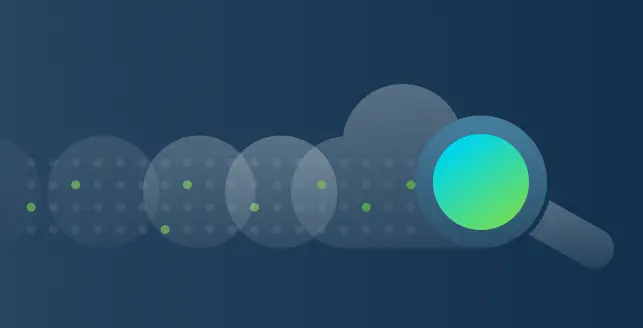
ThinkCMF, or Think Content Management Framework, is a Chinese open-source content management system (CMS) based on the PHP programming language.
Like many other CMS platforms, ThinkCMF allows users to create and manage digital content for websites and web applications.
What is LFI?
LFI stands for Local File Inclusion. It’s a type of vulnerability that occurs in web applications when files from the server’s file system are included without proper validation or sanitization.
Essentially, LFI allows an attacker to trick the application into displaying or executing files that should not be accessible.
Attackers exploit LFI vulnerabilities by manipulating input parameters or file paths in the web application to include unauthorized files.
This can lead to various security risks, such as unauthorized access to sensitive files, disclosure of confidential information, or even remote code execution, depending on how the vulnerability is exploited.
What is ThinkCMF-LFI?
A ThinkCMF-LFI vulnerability would indicate that the ThinkCMF CMS is susceptible to local file inclusion attacks, meaning that an attacker could potentially manipulate input parameters to include unauthorized files from the server’s file system.
Mitigating LFI vulnerabilities typically involves implementing strict input validation and sanitization measures, as well as ensuring that file inclusion operations are properly restricted to authorized directories and files within the application’s scope.
What are the impacts of ThinkCMF-LFI vulnerability?
This vulnerability allows attackers to exploit Local File Inclusion (LFI) within the ThinkCMF system. There are numerous impacts to this vulnerability:
1. Unauthorized access
Attackers can potentially access sensitive system files or configuration files on the server, such as password files, database configuration files, or log files.
2. Data disclosure
The ability to include arbitrary files can lead to the disclosure of sensitive information stored within those files, such as user credentials, financial data, or proprietary information.
3. Code execution
In some cases, LFI vulnerabilities can be leveraged to execute arbitrary code on the server, leading to full compromise of the system. This could allow attackers to install malware, create backdoors, or take control of the server.
4. System compromise
Exploitation of LFI vulnerabilities can ultimately lead to the complete compromise of the server, resulting in service disruption, data loss, or unauthorized activities.
5. Regulatory compliance issues
Depending on the nature of the data exposed or compromised, organizations may face regulatory penalties or legal consequences for failing to protect sensitive information adequately.
How can you prevent ThinkCMF LFI?
To prevent ThinkCMF Local File Inclusion (LFI) vulnerabilities, you can take several proactive security measures:
1. Keep ThinkCMF Up to date
Ensure that you are using the latest version of ThinkCMF. Developers often release patches and updates to address security vulnerabilities, including LFI issues. Regularly check for updates and apply them promptly.
2. Input validation and sanitization
Implement strict input validation and sanitization measures in your application code. Validate and sanitize all user-supplied input to prevent malicious input from being processed as file paths.
3. File inclusion whitelisting
Whitelist allowed file paths and directories for file inclusion operations. Restrict file inclusion to only those directories and files that are necessary for the application’s functionality. Avoid using dynamic file inclusion whenever possible.
4. Disable AltSyntax
If you are not using it, consider disabling the “altSyntax” feature in ThinkCMF. This feature is often associated with LFI vulnerabilities when enabled. Disabling it can reduce the attack surface.
5. Server configuration
Configure your server environment securely. Ensure that file system permissions are properly set to restrict access to sensitive files and directories. Disable directory listing to prevent attackers from enumerating the file system structure.
6. Web Application Firewall (WAF)
Deploy a WAF to your server infrastructure to filter and block malicious requests. A WAF can help detect and mitigate LFI attacks by analyzing incoming traffic and blocking requests that match known attack patterns.
7. Regular security audits
Conduct regular security audits and vulnerability assessments of your ThinkCMF installation. Use automated scanning tools and manual inspections to identify potential vulnerabilities, including LFI issues, and take corrective actions as needed.
By implementing these preventive measures, you can significantly reduce the risk of ThinkCMF-LFI vulnerabilities and enhance the overall security posture of your web application.





